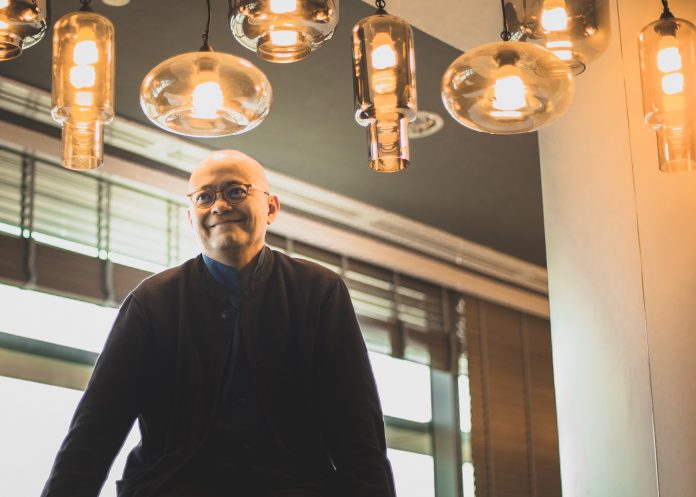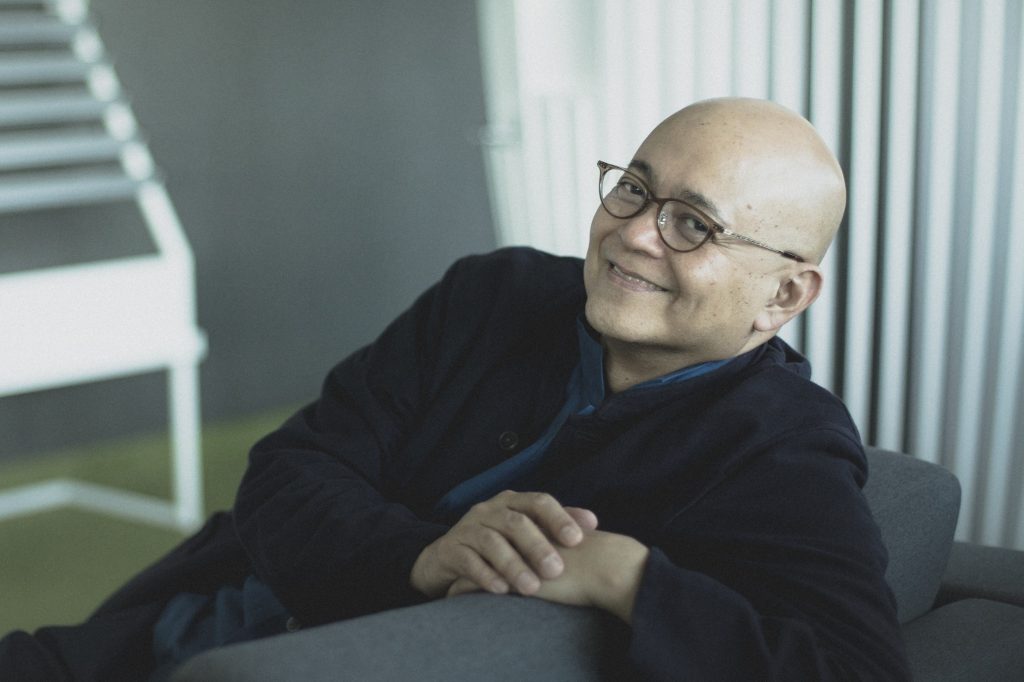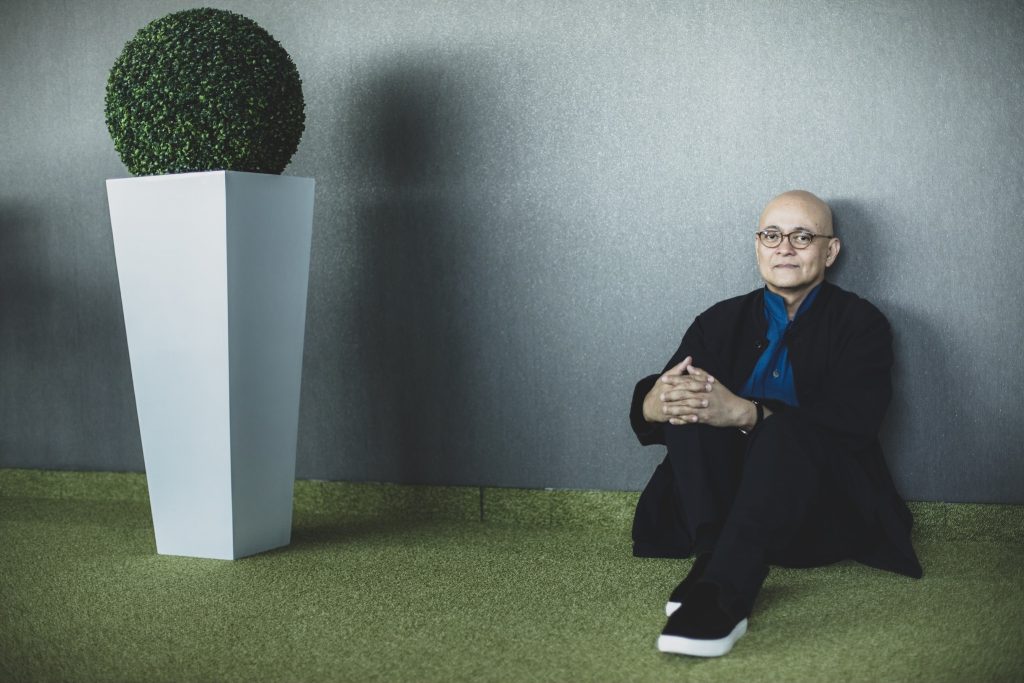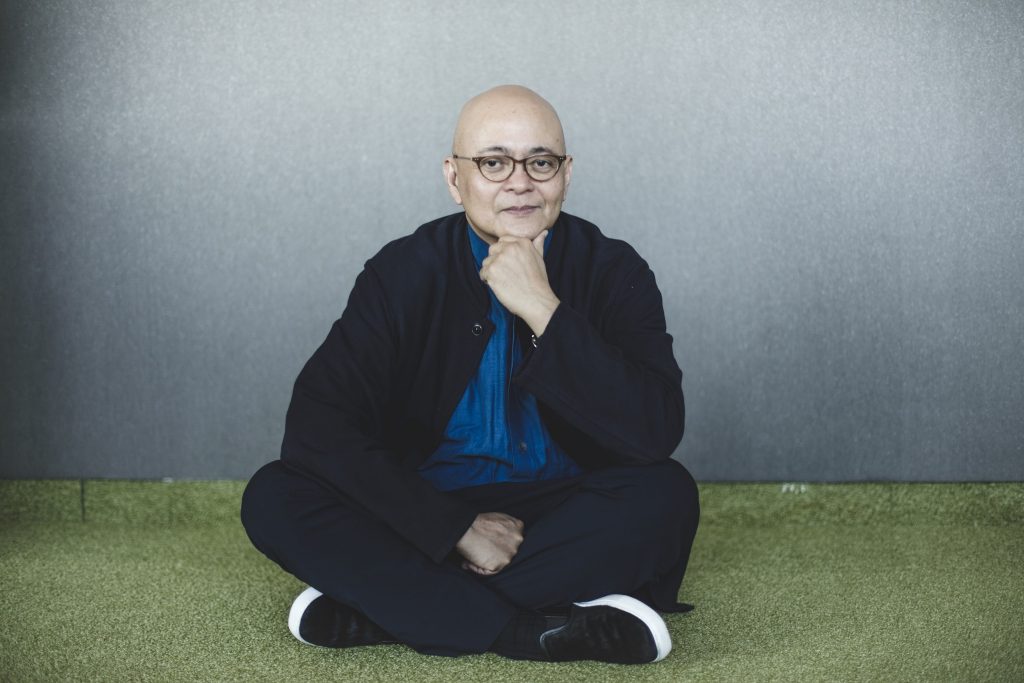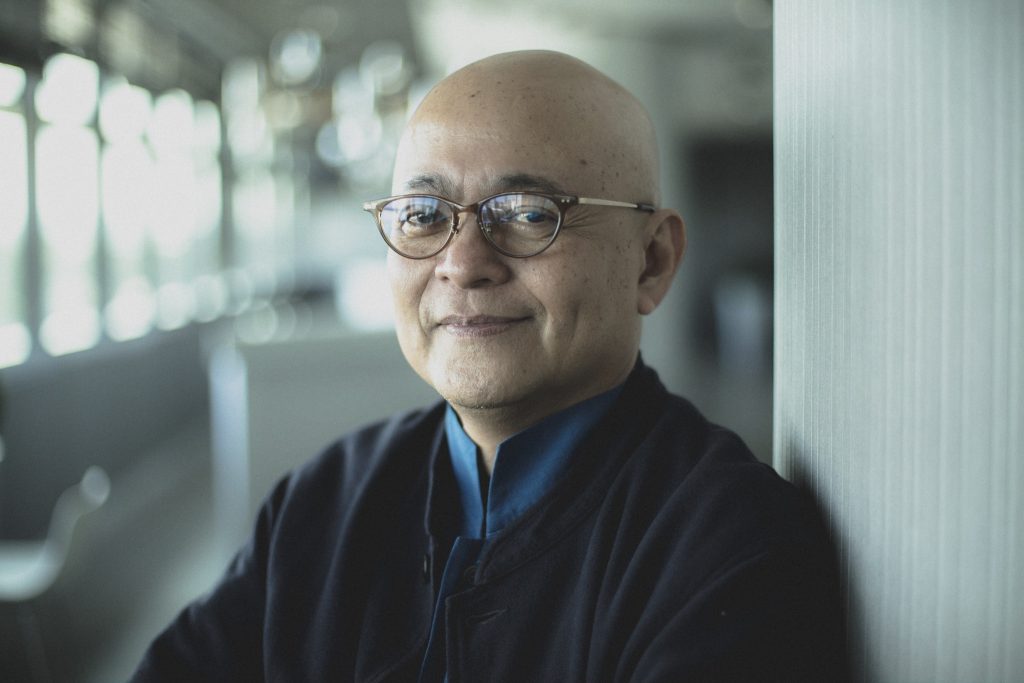“The Head of Pillar is everyone’s slave,” Prof Erwin jokes with a hearty laugh, his infectious energy warming up the otherwise empty staff lounge on a Tuesday afternoon. “He looks after pretty much everyone in the pillar, making sure that things are well.” And things are indeed well. We recently caught up with Professor Erwin Viray, the Head of Pillar for Architecture and Sustainable Design (ASD) in SUTD, to find out what makes architecture graduates from SUTD so sought-after, and of course, to learn a little bit more about the affable man himself.
Rooted in foundation
We started the interview with the perennial question, “What makes ASD students special?” Prof Erwin did not hesitate. “We are very conscious of the fact that we are at the Singapore University of Technology and Design and that alone makes ASD distinctive from other schools in the world,” he explains. “For example, all undergraduates start off taking the same core curriculum of foundational topics in science, engineering, design and the humanities.”
“By having this foundation, you frame through some of these principles, using the scientific method. That leads to a certain technological imagination you don’t normally see.”
The need for savvy multi-disciplinarians
As technology and architecture become more intertwined, future practitioners have to be comfortable straddling the two. That is why multidisciplinary work is an integral part of SUTD. “I think that it opens the door for us to imagine things that we never imagined before,” Prof Erwin substantiates.
For example, some of his colleagues are working on a project with the Housing Development Board, where data they collect from both high tech and traditional methods are used to understand the needs of the community to inform their recommendations to improve the quality of spaces and provide activities that residents can enjoy.
Another such project by one of the ASD Studios studies the issue of ageing in Inujima, Japan. To get a better understanding of the demographic, the students sought help from their friends at ISTD (Information Systems Technology and Design) to collect data by accessing social media accounts of the residents and visitors of the island. With the average age well over 60 years old, the team gathered fascinating insights into daily lives of the elderly, and the challenges they might face.
The world as a classroom
The example in Japan is just one of the many opportunities for SUTD students to get global exposure. Prof Erwin recognises that these days, we are all global citizens, and it’s no longer enough for students to just be adept in the problems and issues we face in Singapore but to also look into the world to see what the world needs, and what challenges the world offers to us.
“Strategically we try to work with China. We have an exchange programme with Zhejiang University, and also programmes to other countries like Japan, Korea and Switzerland.” Says Prof Erwin, referring to the Independent Activities Period (IAP) programmes where students venture overseas for study trips.
Just last year, one of these IAPs brought students to experience the allure of Setouchi in Japan, where the inspiring art islands like Naoshima, Teshima and Inujima are. They even got to meet legendary architect Kazuyo Sejima (a Pritzker Laurette, the second woman to ever receive the prize) who was working on the Inujima Garden of Life project at the time. “It was a transformative experience for the students; to quote their words,” Prof Erwin recalls with a smile.
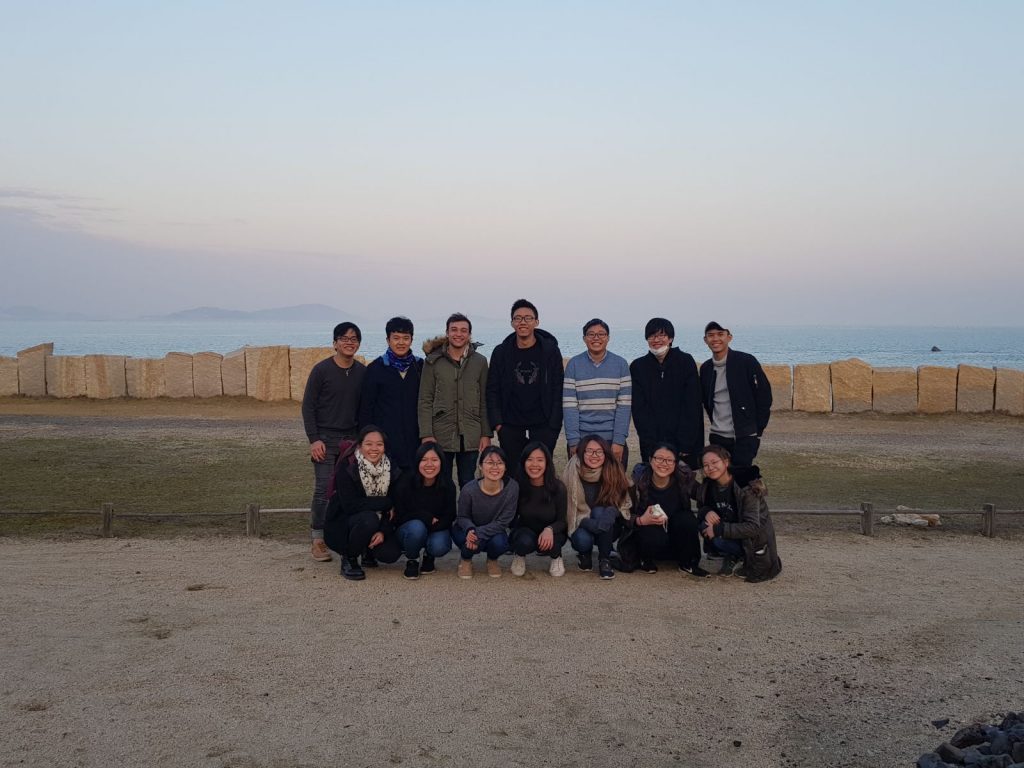
This year, students found themselves immersed in some of the world’s most eminent architectural playgrounds – the state-of-the-art Novartis Campus in Basel, Switzerland, and the ever inspiring Vitra Campus in Weil am Rhein, Germany. Both campuses boast multiple works from world-renowned architects like SANAA, Frank Gehry and Zara Hadid. There, students met “cutting-edge architects and designers” and got to experience first-hand “how design becomes part of everyday life.”
Perhaps one of the more profound experiences of the trip was the session with Herzog & de Meuron, the architects behind Tate Modern and the Beijing Olympics Stadium. Pierre de Meuron, one of the firm’s two founders, threw the students a curveball on the first day of their visit, asking them “So what do you think you can bring to Basel?”, turning the project requirements for this class into one which they had to teach one of the most respected architects in the world something.
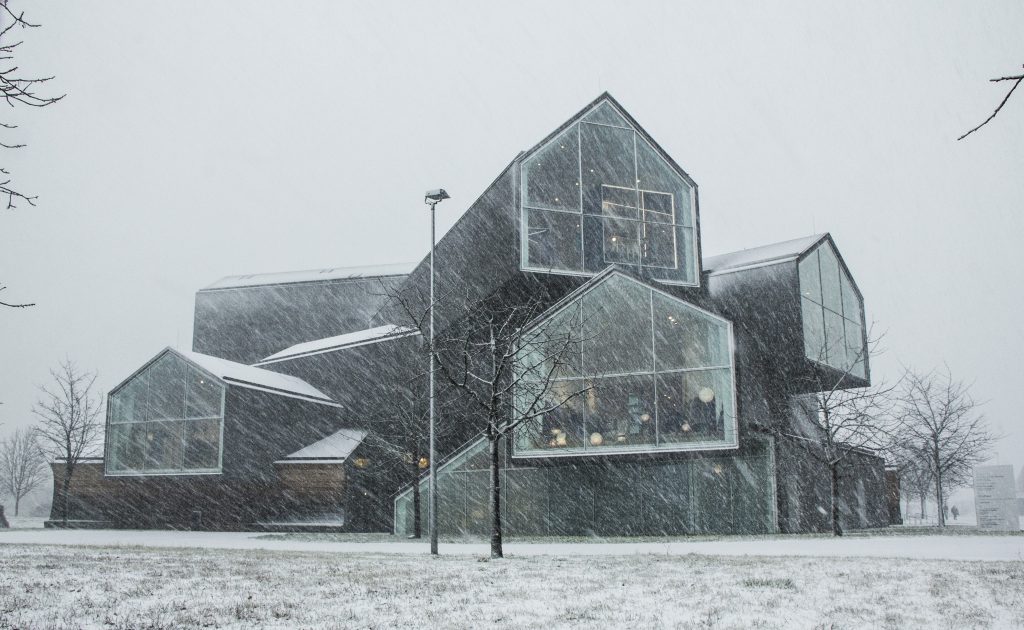
For their response, the students were quick to draw on their know-how from school, particularly their interdisciplinary involvements with ISTD. One of their four proposals, titled “Digital Indulgence of Basel”, exemplifies this. They made use of big data to identify places of ‘indulgence’ in Basel, before drawing parallels to Singapore and the lessons that can be learnt. The result was an interactive artwork that allows people in both Basel and Singapore to get a taste of each other’s unique culture without actually leaving their countries.
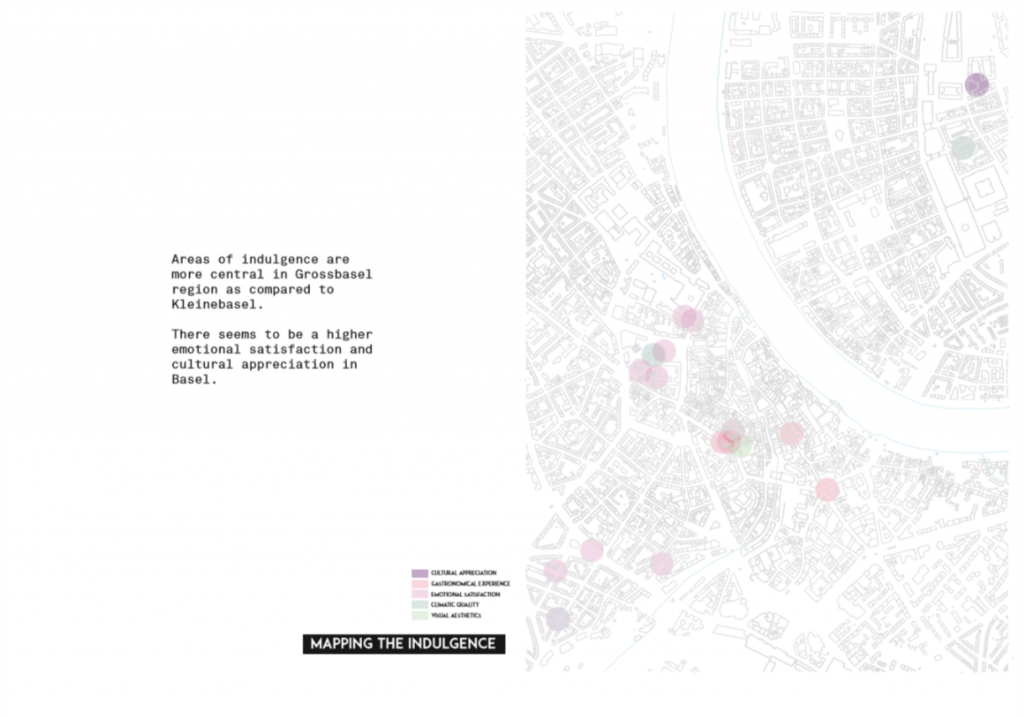
Two influential experiences that shaped Professor Erwin Viray’s passion for architecture
Prof Erwin was only eight when a trip to Osaka’s Expo ’70 proved to be a mesmerising experience. That sense of wonder was impactful enough to spark the architectural ambition in him. He never looked back.
Having earned his Master’s degree at Kyoto Institute of Technology and Doctorate at the University of Tokyo, Prof Erwin went back to Kyoto to teach after a stint as a practitioner. It was there that he had an apprenticeship with the highly regarded Pritzker Prize winner Tadao Ando. Even back then, Ando was the people’s architect – revered even by ordinary housewives, and high school students and not just architects and designers. It was an influential experience for Prof Erwin.
“That means he created an impact,” Prof Erwin narrates. “He has shown a way on how you can cultivate a certain attitude on how you make architecture. Architecture is not just making buildings, but it is life itself.”
His affinity with Singapore and journey to SUTD
Singapore first got on Prof Erwin’s radar because of two things. “Through my studies and career, I made some close Singaporean friends. We would see each other twice a year; sometimes they even joke that they see me more often than some of their friends in Singapore,” Prof Erwin explains with a laugh. The other was through Singapore Airlines, which he often flew en route to Europe. Between positions in Kyoto Institute of Technology, Prof Erwin also taught at NUS, further growing his fondness for Singapore.
Throughout his prolific career, Prof Erwin never stopped believing in giving back. “I have been blessed with many things, so it is good to give back. When an opportunity opened up for to be the Head of Pillar at SUTD, I said, if it is something that would be helpful for Singapore… why not we try and do it.”
So here he is.
Creating a better world for the future
Nelson Mandela once said, “Education is the most powerful weapon which you can use to change the world.” To passionate educators like Prof Erwin, that’s reality. And in the world of architecture, that’s a literal statement.
“Of course, we hope they (the students) will contribute to making a better world,” Prof Erwin smiles when asked about his hopes for students graduating from ASD. Ultimately, he hopes the skills and knowledge they pick up in school can “help them to make the world a better place and to make better places.”
His advice to aspiring architects? “The future is yours to create. It’s in your hands, follow your dreams and listen to your heart.”




















